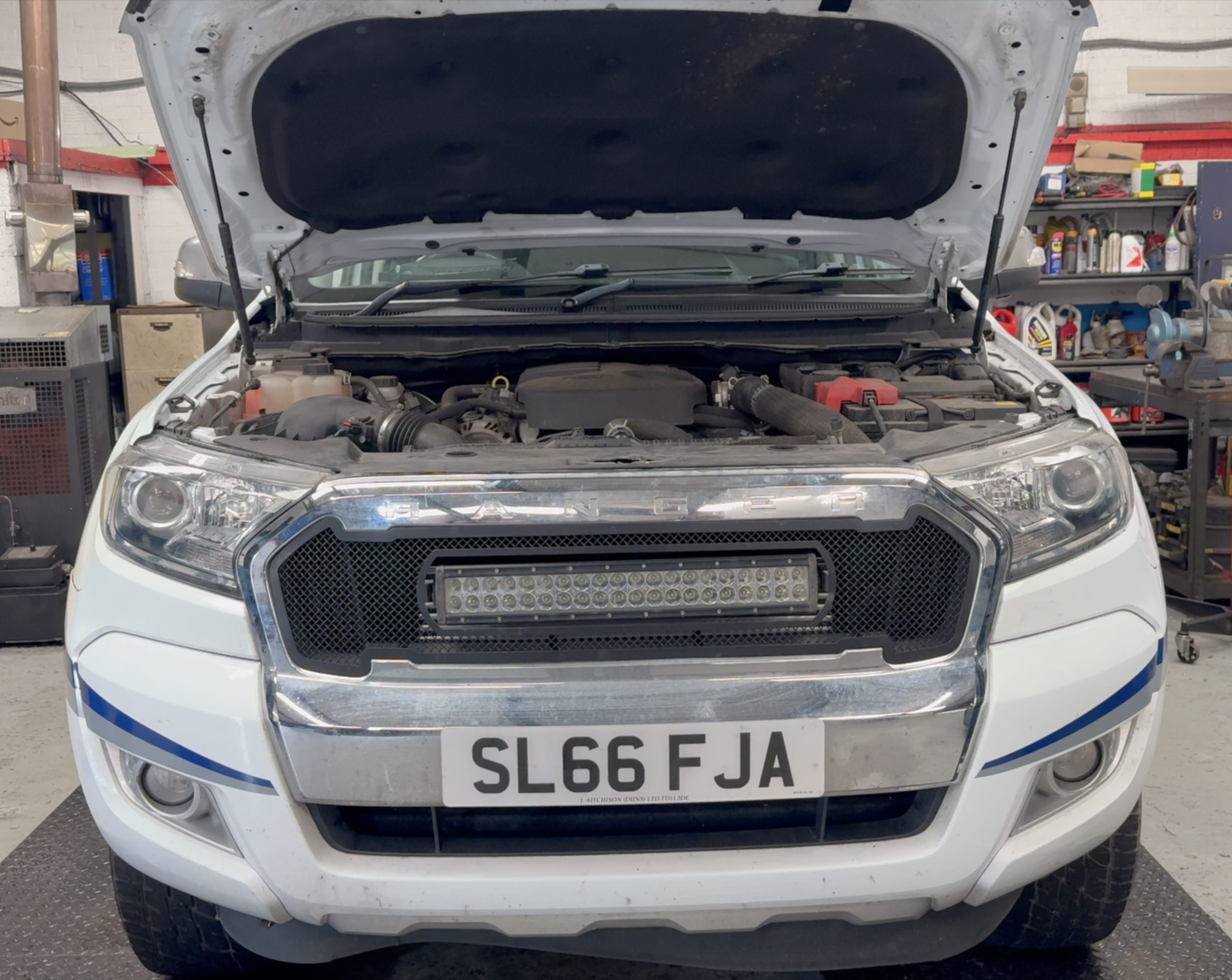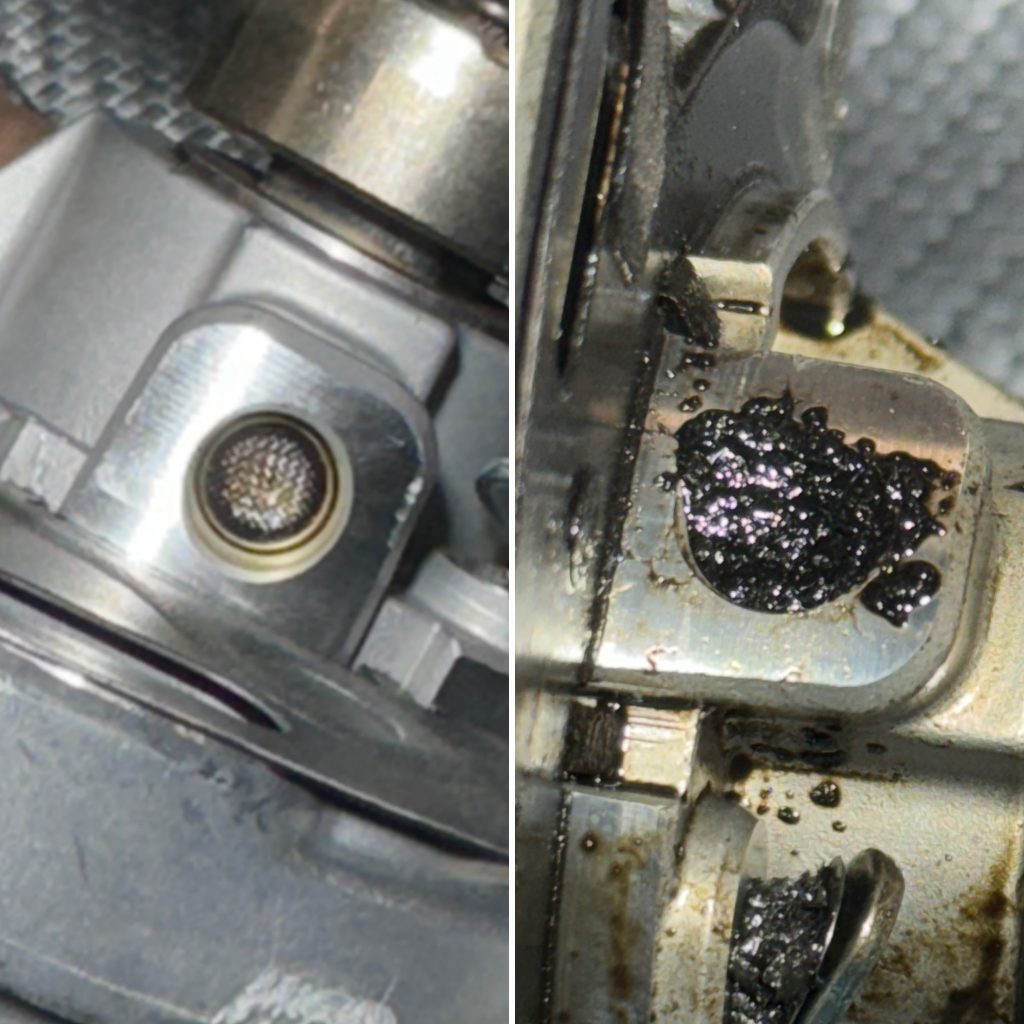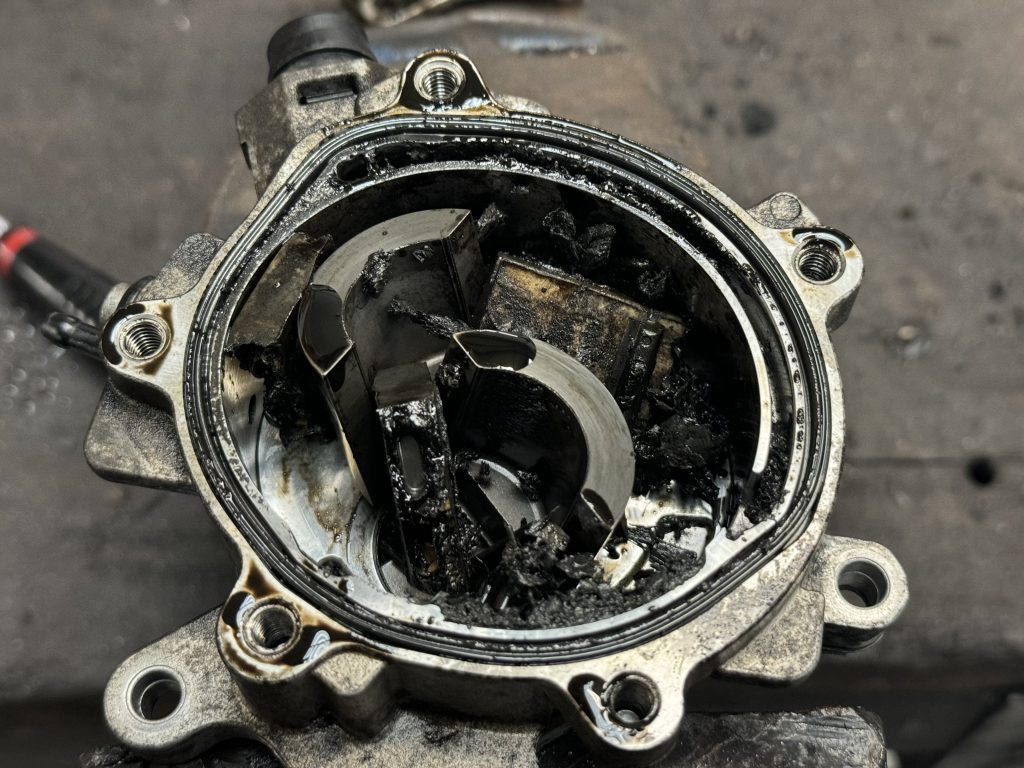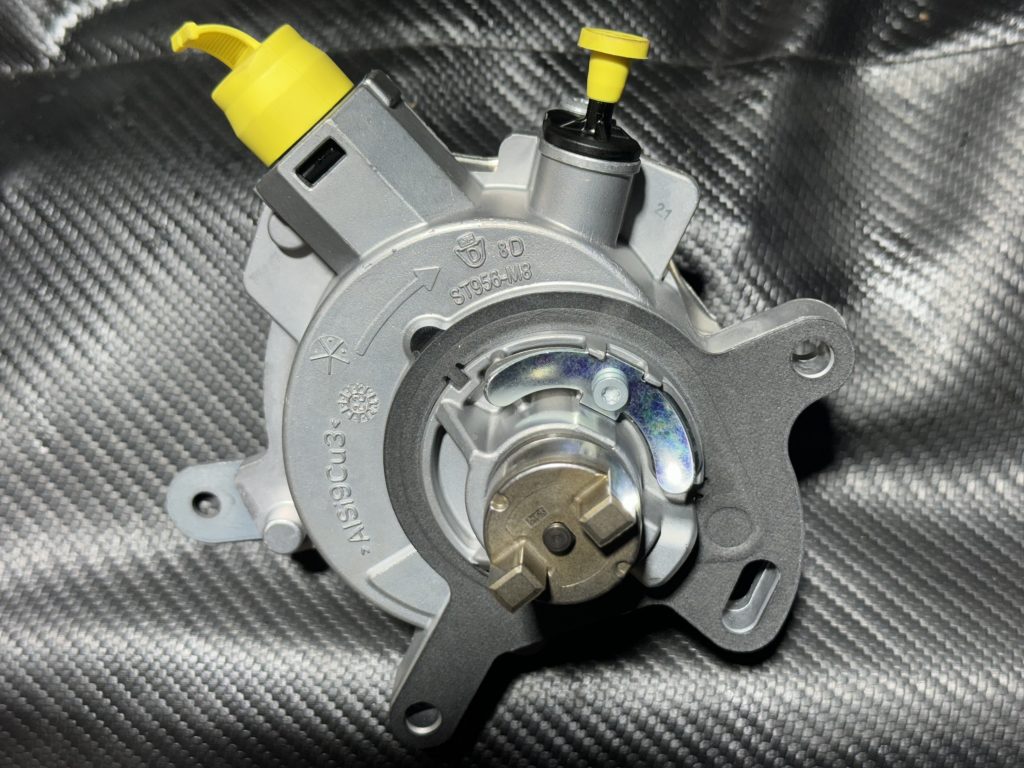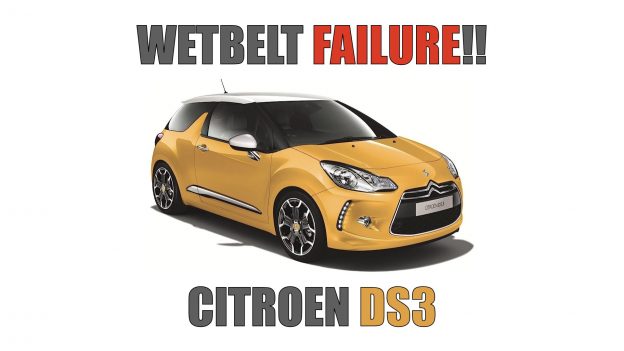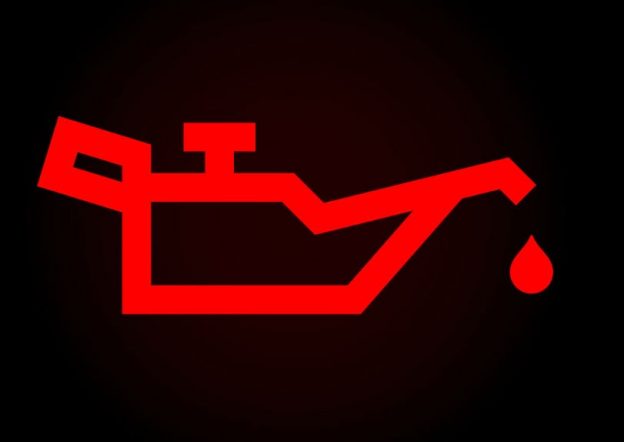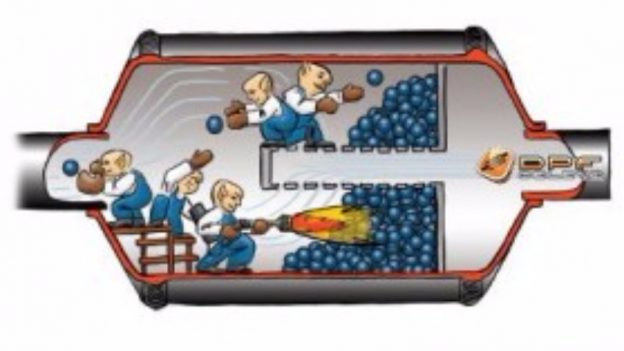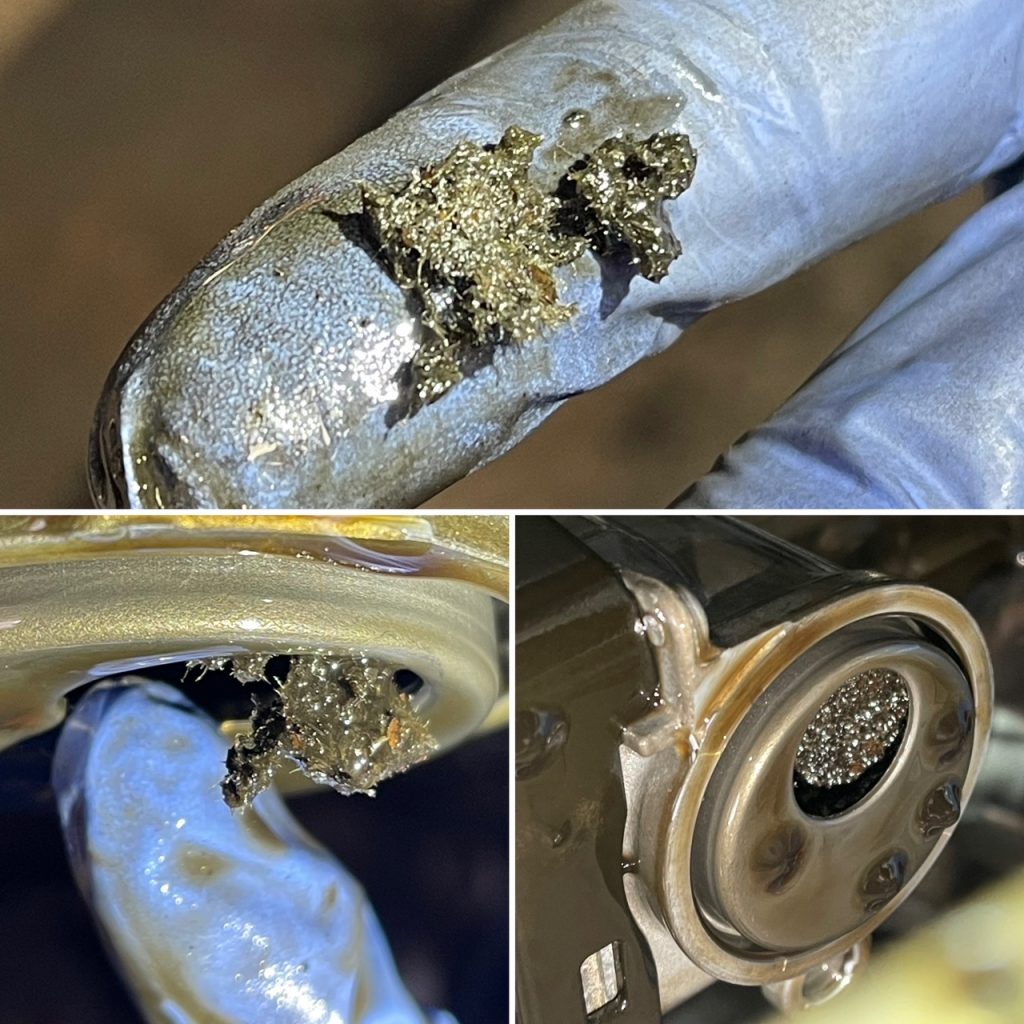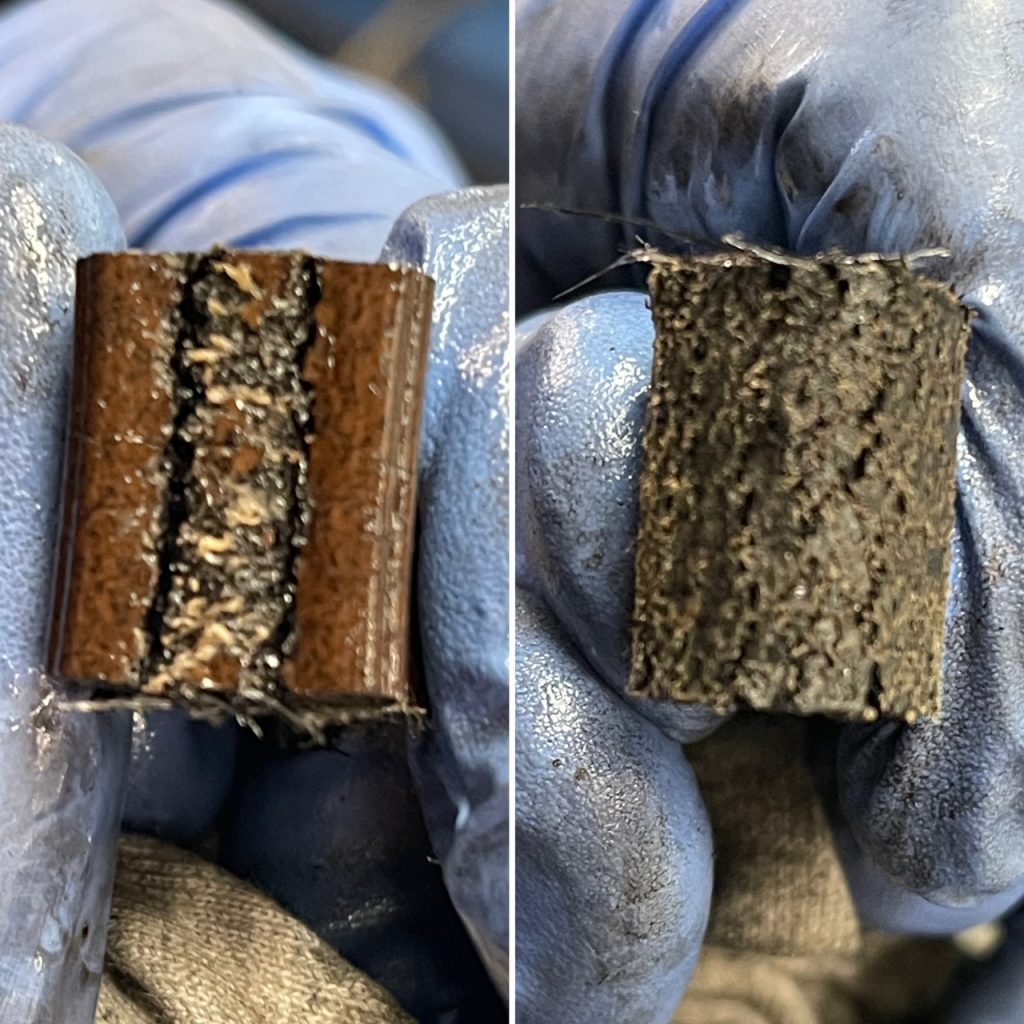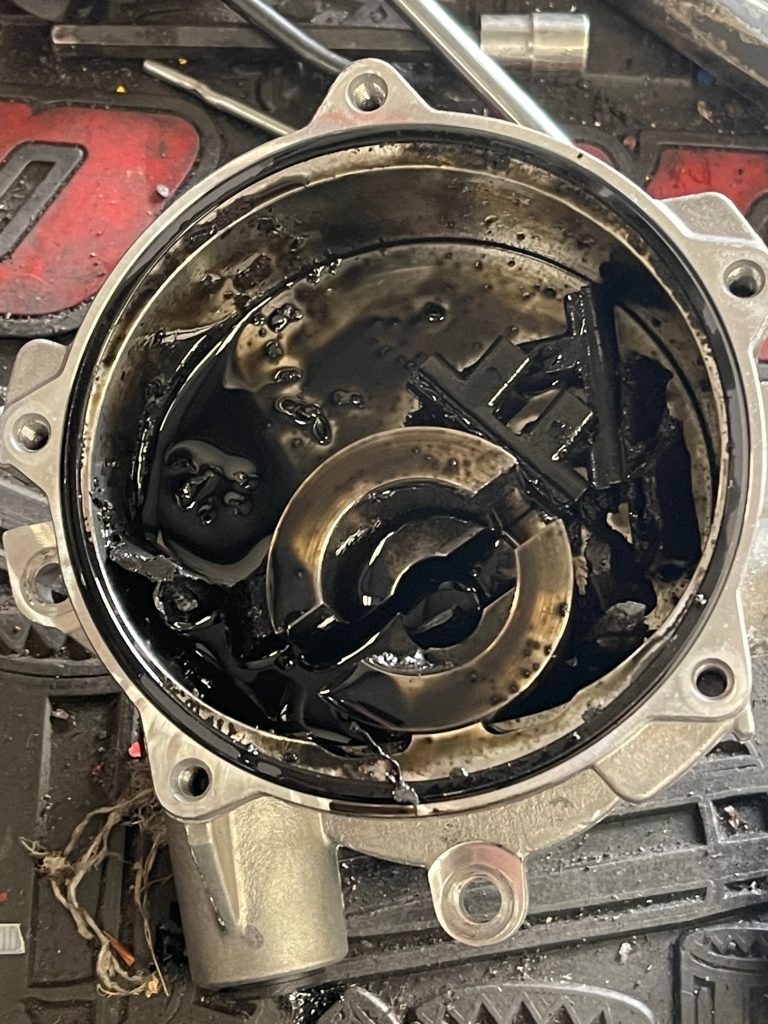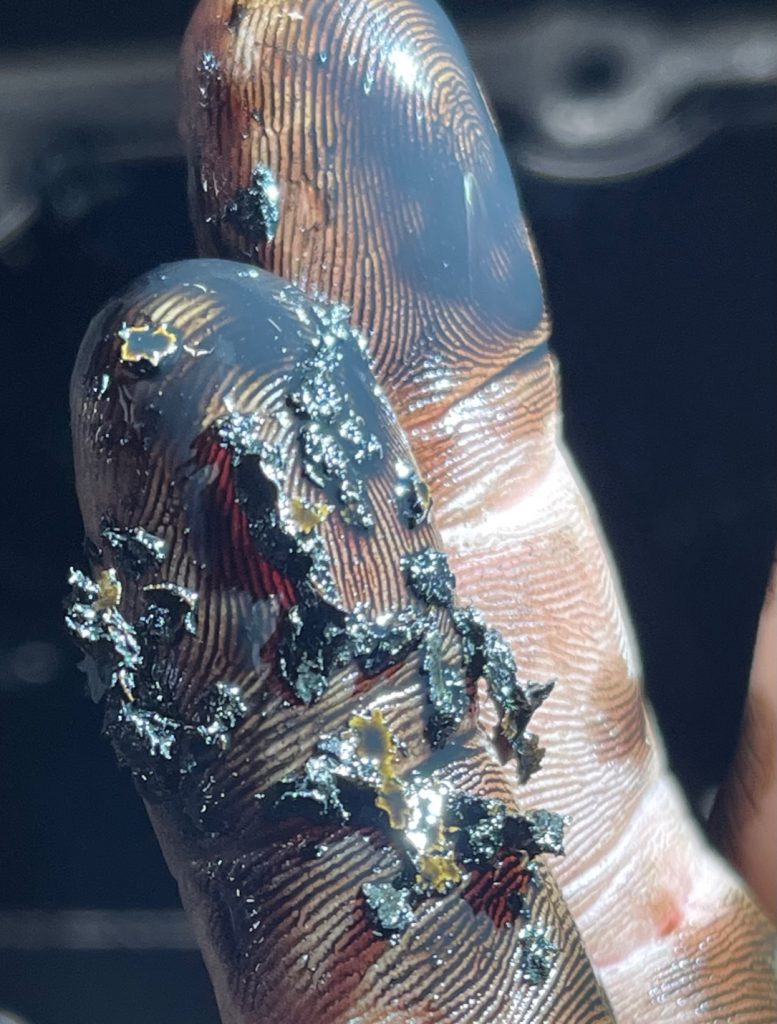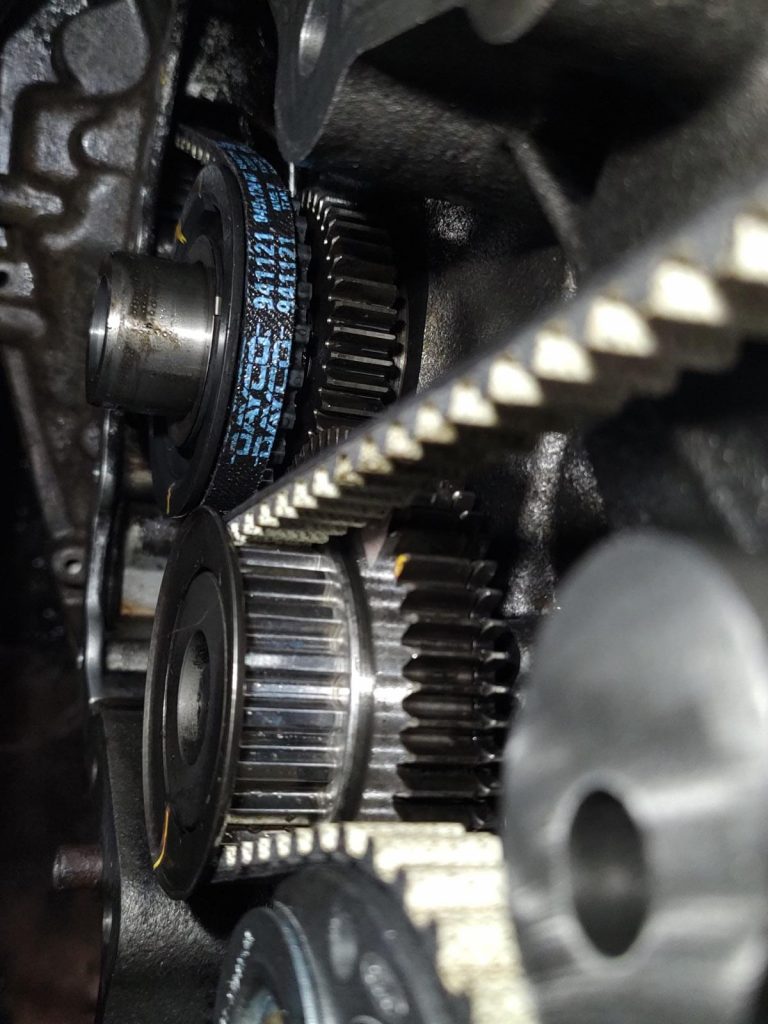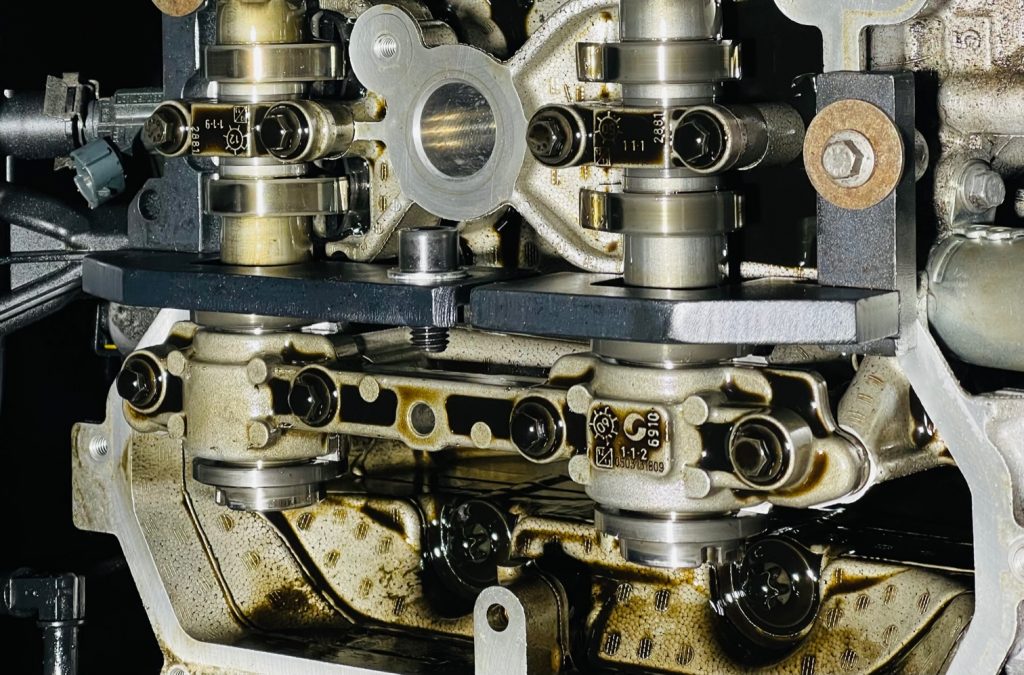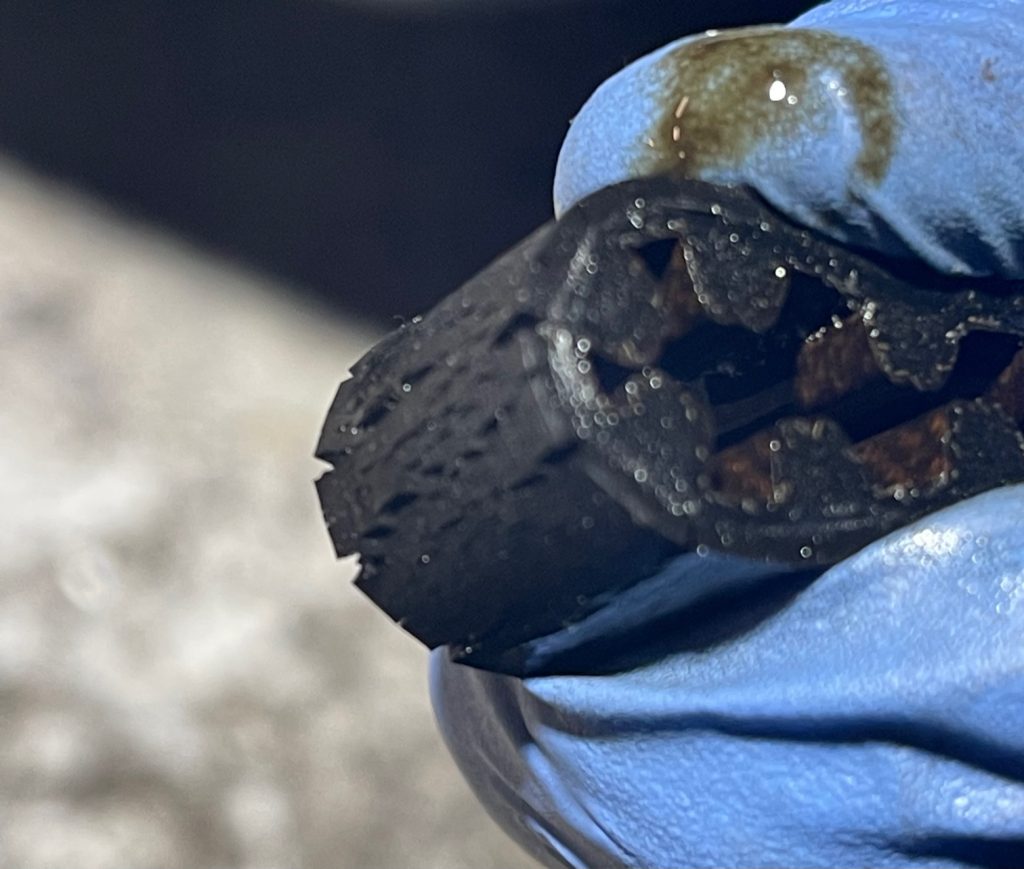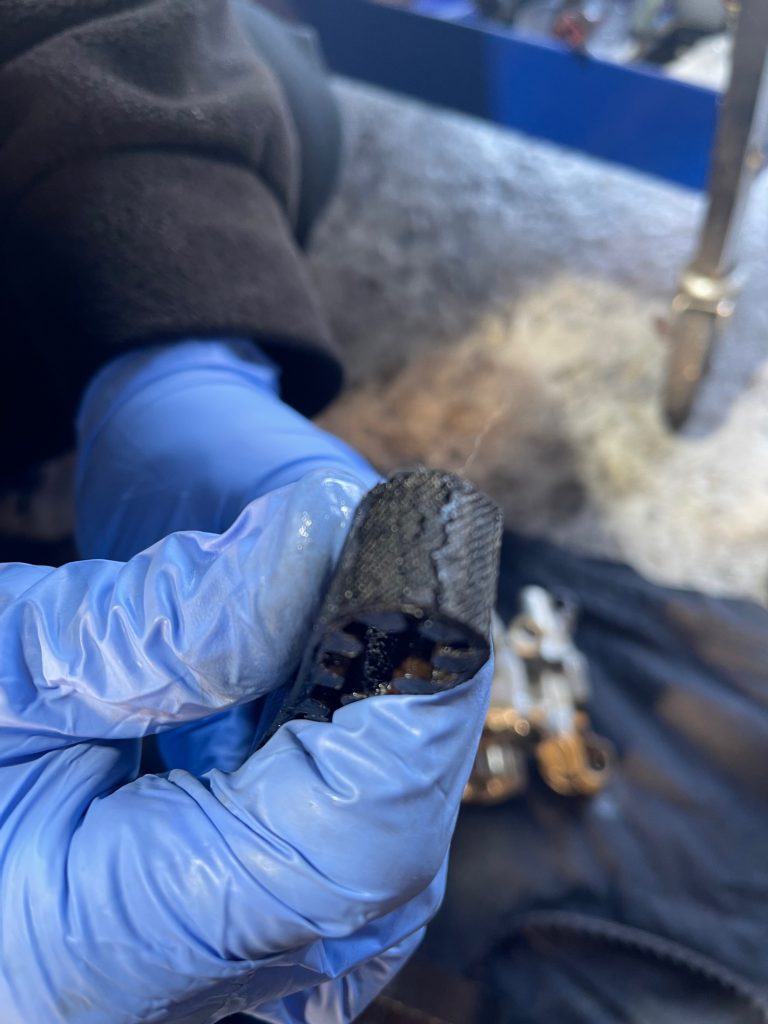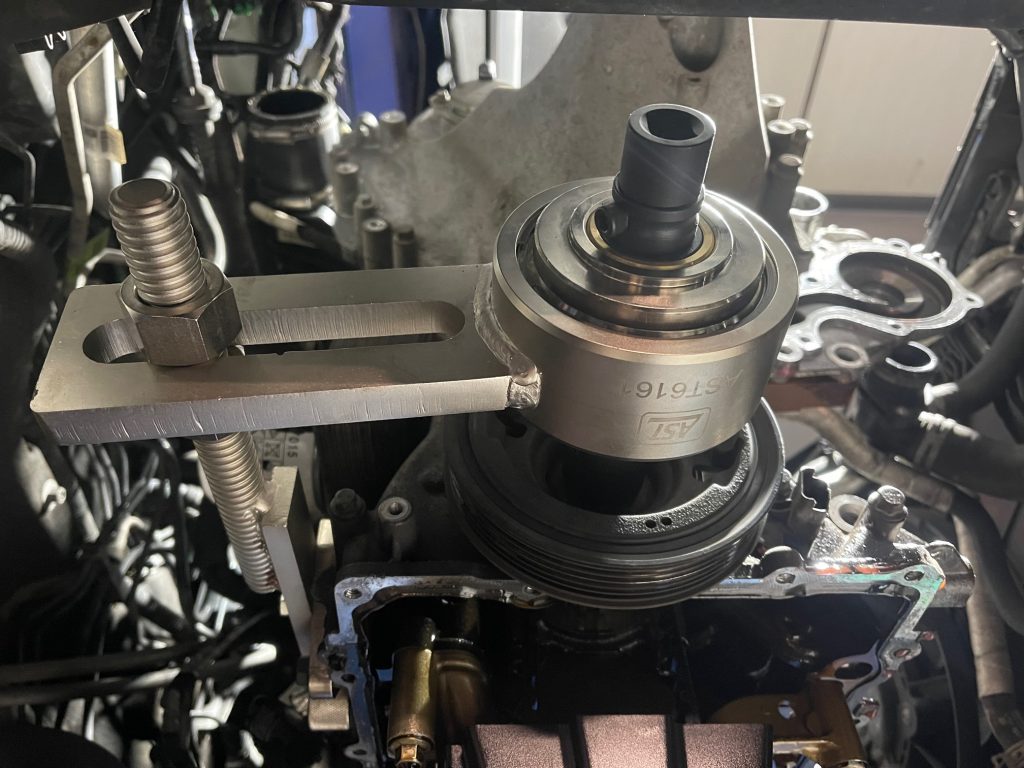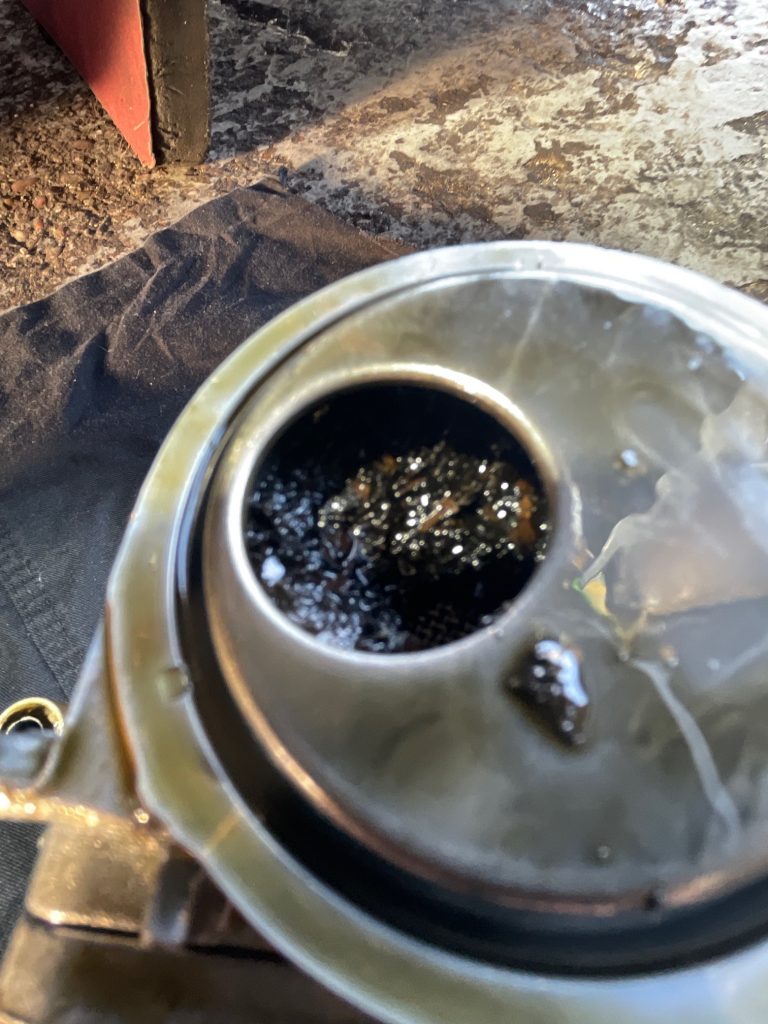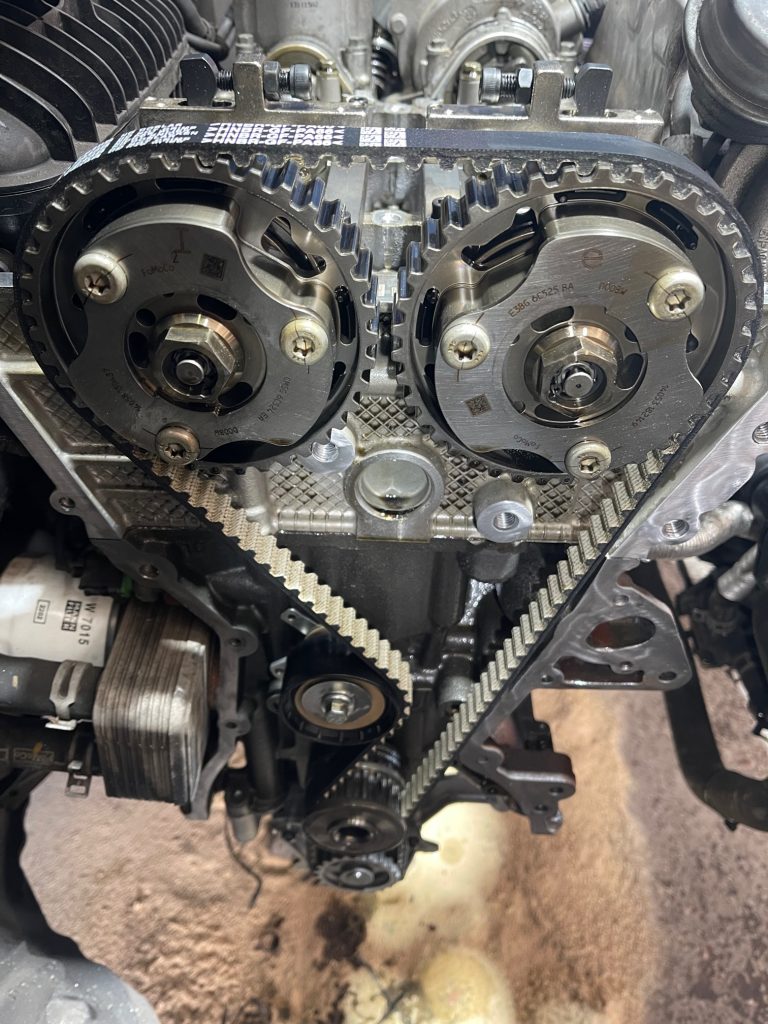This Ford Ranger came into the garage with its EML (engine management light) on and in limp home mode for us to diagnose.
First we carried out a full diagnostic scan of its control modules to see what fault codes were stored.
The first code that we were interested in was P006A – Correlation between MAF (mass air flow) and MAP (manifold absolute pressure) sensors.
We checked the live data to see if the sensors were giving any readings and if they were did they seem right?
Both sensors were reading but the MAP sensors seemed a bit low compared to the MAF sensor.
Next we checked for any obvious splits or leaks in the intake and boost pipes between these sensors.
Once we were happy with the pipework we decided to carry out a smoke test on the intake system to check for leaks we could not see.
Disconnect the pipe to the inlet manifold and fit a blanking plug, then fit the smoke tester end to the pipe from the air box.
It soon became apparent there was a leak from the intercooler as we could see smoke coming from the fins at the front of the cooler.
Ford Ranger Air Leak?
After removing the top cover and looking between the intercooler and the radiator we could see the large split in the intercooler bellowing smoke out.
We needed to remove the front grill and slide the front bumper forward to access the bolts to remove the intercooler.
When the intercooler was removed we could see quite clearly that the cooler had split wide open.
We replaced the cooler, re-checked the live data and finally road tested the Ranger and it was back to full power.
Watch the video below to see how bad it was!
Your friendly car garage in Derby
Give us a call at Aarons Autos for more info.

